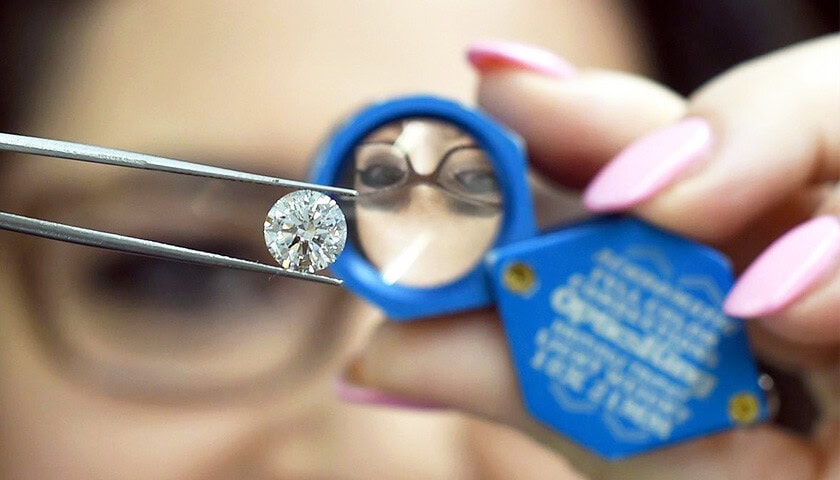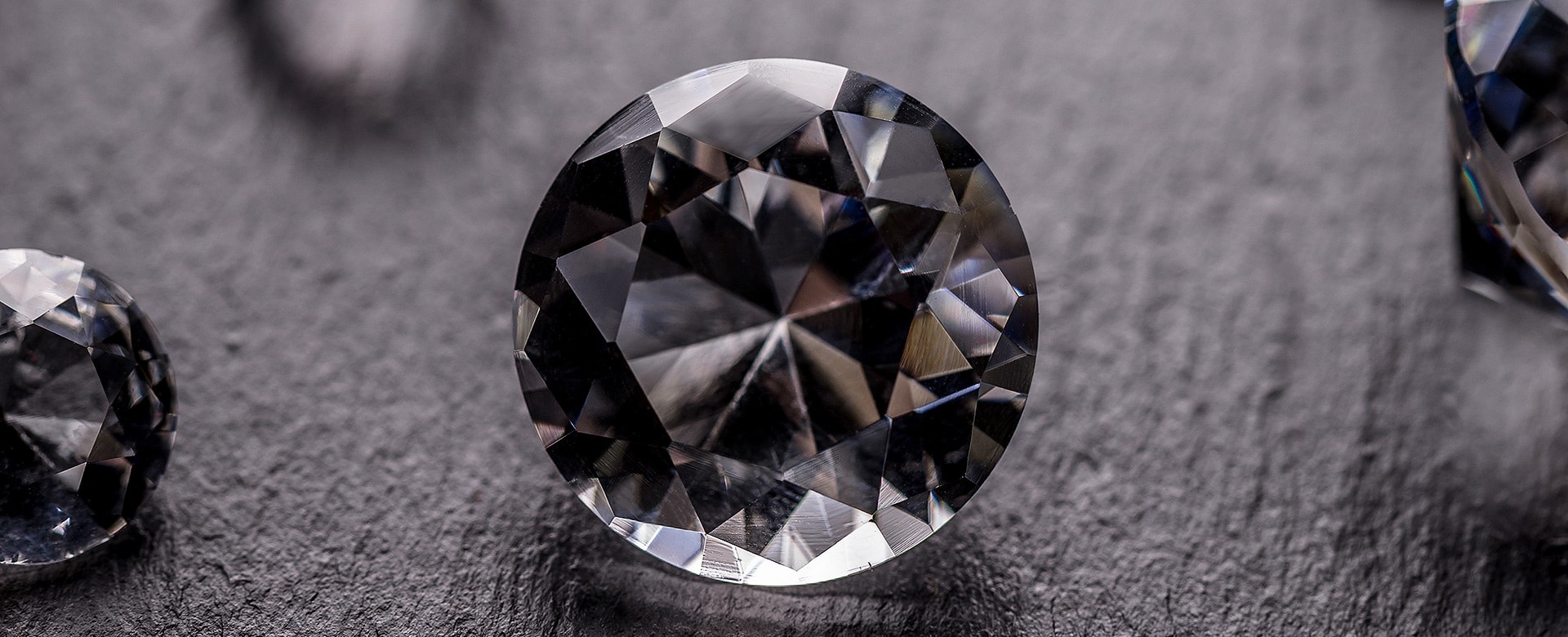Article Highlights
A Dazzling Discovery by Henri Moissan
In 1893, the world of gemstones was forever changed when French chemist Henri Moissan made an extraordinary discovery. While exploring the depths of a meteor crater in Canyon Diablo, Arizona, Moissan stumbled upon a mineral that initially seemed to be diamond. However, in 1904, he realized these shimmering crystals were actually silicon carbide, a compound he found equally mesmerizing. This rare and beautiful mineral was later named moissanite in his honor, celebrating his contribution to mineralogy.
Moissanite: A Rarity in Nature
Moissanite is incredibly rare in its natural form. For many years, it was only found in meteorites, specifically carbonaceous chondrite meteorites. It wasn’t until the late 1950s that moissanite was discovered in earthly environments like the Green River Formation in Wyoming and in a diamond mine in Yakutia, Russia. This scarcity in nature made moissanite a true geological wonder, further fueling curiosity and research.
Stellar Origins: Moissanite in Meteorites
Moissanite’s extraterrestrial origins are as fascinating as they are unique. Studies of silicon carbide grains in meteorites like the Murchison meteorite reveal unusual isotopic ratios, pointing to a cosmic origin. These grains predominantly form around carbon-rich stars, as suggested by infrared spectra analyses. The discovery of moissanite in the Canyon Diablo meteorite was initially hindered by contamination from man-made sources, but once identified, it opened a new window into understanding cosmic materials.
The Power of Its Properties
Moissanite is not just beautiful; it’s also incredibly robust. Its crystalline structure, held together by strong covalent bonds, endows it with remarkable resilience, allowing it to withstand high pressures akin to diamonds. The color spectrum of moissanite is wide and varied, adding to its allure in jewelry making.
From Lab to Luxury: The Rise of Synthetic Moissanite
Given its rarity in nature, synthetic moissanite has become the go-to for both industrial and gemological applications. The synthesis of silicon carbide, dating back to Edward Goodrich Acheson’s work in 1891, paved the way for creating moissanite in the lab.

Today, companies like North Carolina-based Cree Research, Inc. lead the way in producing large, single crystals of silicon carbide, primarily for electronic uses. In 1995, Charles & Colvard emerged as the first company to market gem-quality moissanite, revolutionizing the jewelry industry.
Moissanite: A Sustainable and Sparkling Alternative

Moissanite burst onto the jewelry scene as a dazzling, ethical alternative to diamonds in 1998. With the expiry of the original patents, the market has grown, offering a variety of moissanite gemstones under various trademarks. Not only does moissanite rival diamond in hardness and brilliance, but it also presents a more sustainable and affordable option, free from the environmental and ethical concerns associated with diamond mining.
A Gem of Many Talents
Beyond its beauty, moissanite’s physical properties make it versatile for various applications. From high-pressure experiments to electronic and thermal uses, its diamond-like hardness and thermal conductivity open up a world of possibilities. Its unique features, like thermoluminescence, also make it valuable in scientific fields like radiation dosimetry.

The Optical Marvel of Moissanite
Moissanite is not only known for its hardness but also for its exceptional optical properties. When compared to diamonds, moissanite exhibits certain characteristics that are superior. For instance, its refractive index is higher, meaning it has a greater brilliance or sparkle. This unique feature has made moissanite a sought-after choice for those looking for an alternative to diamonds that doesn’t compromise on the visual appeal.
Moissanite and Diamond: A Comparative Study
While moissanite closely resembles a diamond, there are distinct ways to differentiate between the two. One such method is through thermal conductivity tests, where moissanite and diamond show different results. Moissanite is also known for its thermochromic abilities, changing color when heated, a feature not found in diamonds. Moreover, moissanite’s birefringent nature, where it splits light into separate beams, is a clear distinction from diamonds.
The Ethical and Sustainable Choice
In today’s environmentally conscious world, moissanite stands out as a responsible choice. Its production does not involve the extensive mining associated with diamonds, making it a more sustainable and ethical option. This aspect resonates with a growing number of consumers who are concerned about the environmental and ethical implications of their purchases.
The Versatility of Moissanite
Beyond its use in jewelry, moissanite’s hardness and thermal properties make it an ideal material for a variety of industrial applications. It’s commonly used in high-pressure environments and is an invaluable component in certain electronic and thermal applications. Its ability to withstand extreme conditions has made it a material of choice in sectors that require durability and resilience.
Conclusion: The Timeless Allure of Moissanite
Moissanite, a gemstone born from the stars, continues to capture the imagination and hearts of people worldwide. Its combination of beauty, durability, and ethical sourcing makes it a standout choice in the world of gemstones. Whether adorned as a stunning piece of jewelry or utilized in groundbreaking technological applications, moissanite’s brilliance is undeniable. As we continue to explore the possibilities of this extraordinary mineral, its legacy, much like its sparkle, is sure to endure for generations to come.



